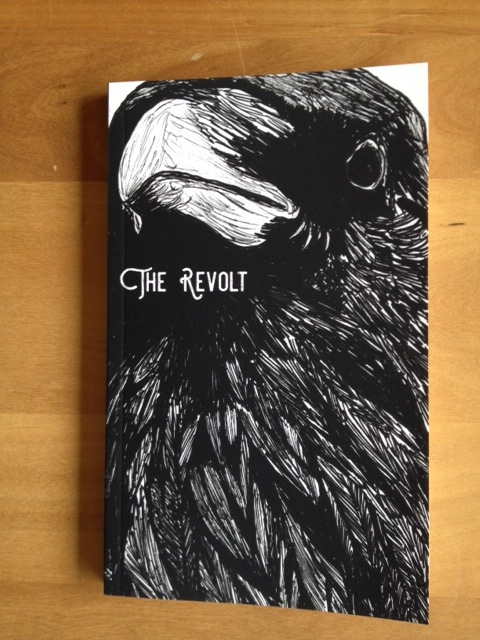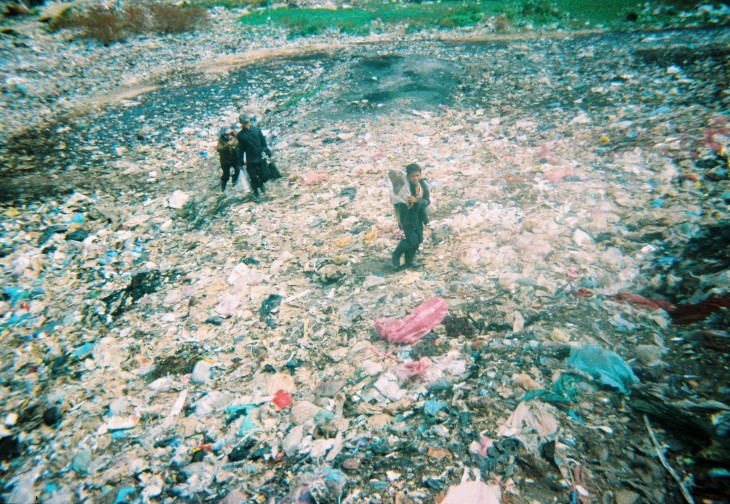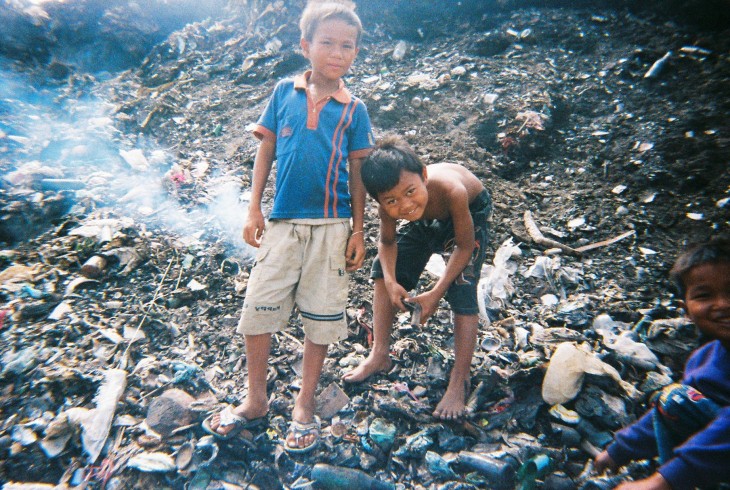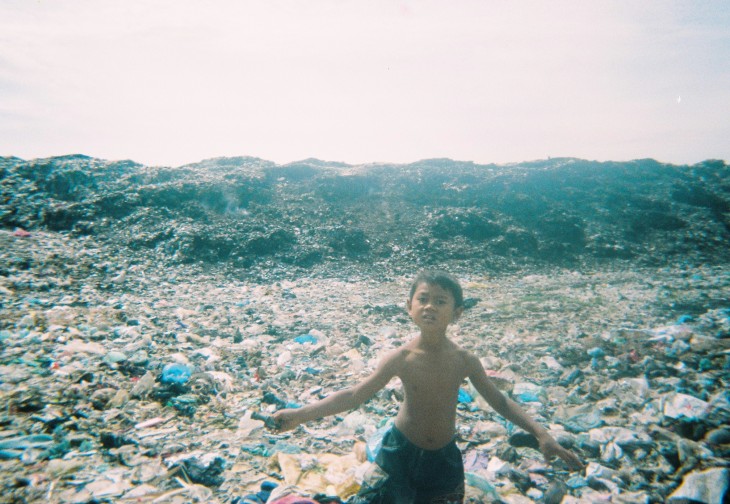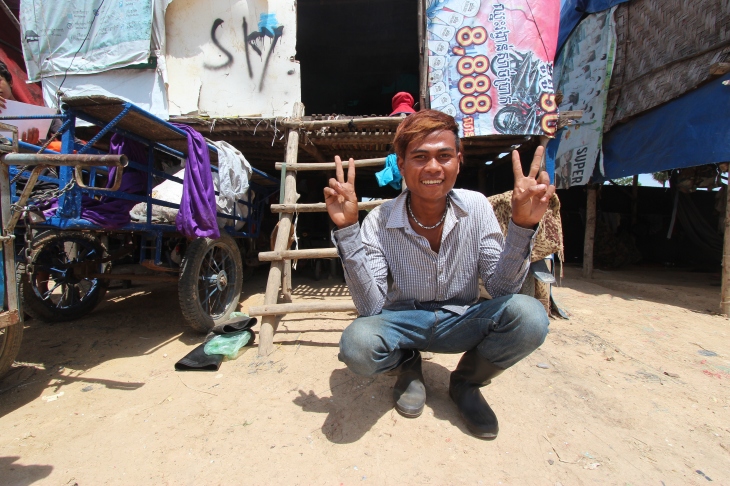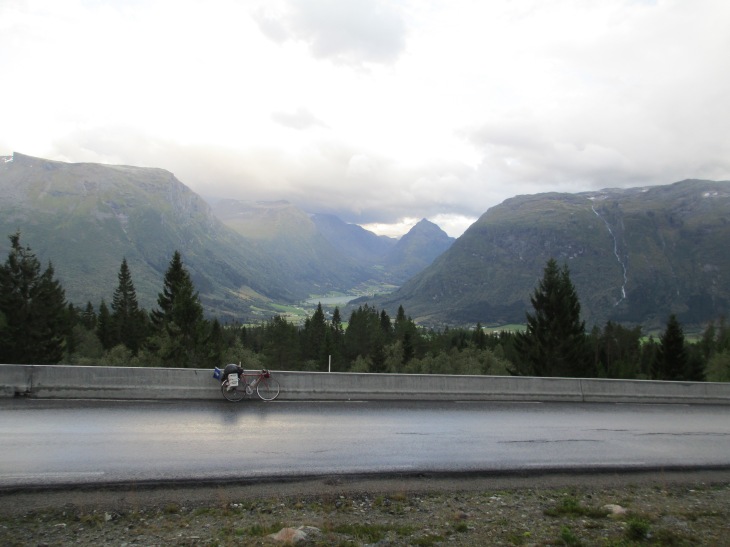
Deb loaned me a camera (thanks!) and I very quickly gave up on it. Because this is Norway, and the splendor here isn’t a single vista or panorama, but rather the absurd endlessness of its mythological grandeur. Any direction, as far as legs or eyes wander: looming peaks crashing down to thunderering fjords, spewing mists of waterfalls stretching to heaven, edged by timeless sod-roofed farmsteads looking ludicrous as they cling to breathtaking overviews: everwhere a delicate carpet of pink and purple flowers splashed with petals of yellow flame, and puffy baby sheep nibbling at your toes: how does one fit all that bullshit into one frame? Not me. If you want to know what rural Norway looks like: google it. But I guarantee even the best photographer with the finest gear won’t do it justice.
And of course, no picture could possibly capture the greatest treasure of Odin’s realm: the thing that fills me which so many emotions I can hardly bear: Allemannsretten, the right to be. Allemannsretten: “All Man’s Rights”: the codified set of laws which say, simply, that everyone has a natural born right to exist in space, to move their body anywhere they wish, and enjoy this beautiful earth. Yes: there is private property ownership in Norway. No: it is not held to the exclusivity of others. Here you have the basic human right to explore, to forage, and camp, anywhere. Thule’s beauty is for all: here I don’t need to worry about being shot, being run off, being arrested or ticketed simply for being somewhere. When we look across this landscape, it is ours, it is accessisible, and it is free. There are fences in rural Norway: they are for sheep.
But wait, what?? How can this be a mind-bending or earth-shaking thing? Isn’t it… you know… the most basic reality of existance: that we’re in a physical form, we take up space, we move around and sleep and eat? How deeply insane is it that, as an American, laws of exclusive property ownership have been so deeply engrained that Allemannsretten seems in any way special or amazing? As one Norwegian I met years ago explained passionately, “These laws are stupid! They weren’t even passed until 1957: before that everyone just knew that we all have basic access to the land, what do we need the laws for? Of course we have a right to exist, we’re human, aren’t we?” Allemannsretten has brought literal tears of joy into my eyes, as well as literal tears of shame: because my own country’s deeply unjust false reality has been instilled so deeply into my brain that my passive thought process accepts it as the natural state of being: I’ve internalized the toxic kookooness of our system to a degree which makes me, my culture, and my country all profoundly sick. I come from a place where the word “freedom” is so violently crammed down our throats that we never have bandwidth question it, yet the basic, natural born right to exist in space does not exist, and we accept this as the inevitable, unquestionable reality of the matter. “American Freedom” : the lie so big we don’t even have the capacity see all of it. To say that the United States was built on stolen land isn’t even quite true: because for something to be stolen someone must first own it, which, to my understanding, isn’t how our nation’s original habitants viewed land. Before our arbitrary, unjust concepts of exclusive ownership were genocidally slapped and sealed across the physical and mental landscape, people simply were: living in accordance to that natural law which says: yes, people exist, they have to do so somewhere, and by nature of being born that is what they do. Yet at home my own national parks are prohibitively expensive for me to even enter, and when I peacefully camp at night I worry about someone coming to shoot me, with the full protection of the law, simply because my body is existing on space which they artifically own, even though they can not possibly occupy all of it. I’ve been woken in the middle of the night on “public land” by armed police telling me I have no right to be here, there, or anywhere, and that I must either cease to exist or hide outside the protection/permission of the law. And I’ve slept scared. So here, in Norway’s breathtaking vakkert landskap, when I search for a camping spot every night, and my criteria get to be where I’d like to wake up, or what feels accessible, dry or cozy, but somewhere in my culturally engrained brain I’m still looking for a place to hide: I’m filled with an overwhelming and complicated set of emotions.
Important things being said, on with the bike tour narrative:
I guess you could say I ended up in the wilds of Norway via a chance encounter a few years back with a nude bookstore owner in Arizona’s Sanoran Desert (“Of course I’m the owner, who would hire me? I’m a nudist!”) This led to a lasting friendship, and percipitated a meandering series of events taking me from the Slabs to real-deal wild-west claim-jumping torquise with a Greece sun-dancer and dynomiting our way into Arkansas earth with a toothless guy named Bobby… no no, too many steps: reeled back: I landed a job for an intense Austrian gemlord in Tucson, proved myself worthy, and was invited on a helicopter-mining expedition to Norway: hunting a rare pink zoisite called “thulite”. This validation of being a career adventurer saw all my carefully held morals around not flying wadded up in a little ball and thrown out somewhere over the Atlantic: professional treasure hunter! That was in 2017, and for the past three summers I’ve been returning to the profound, rugged beauty of Trondalog to chop it up, put it on a helicopter, and sell it for $20/lbs.
The work is in a stunning mountain forest/swamp ecosystem next to a pristine lake and thundering waterfall, miles from any sign of human habitation. The work is painfully hard: the team of German dwarves and myself use heavy drills, followed by heavy sledge hammers, followed by heavy lifting, on repeat all day every day for 9 or 10 days, then the helicopter comes, the rocks fly away, and I’m left in a daze. For all this, I am not paid in money. Rather, the boss buys my plane ticket, and gives me a small share of pink rocks shipped to Tucson, AZ, where I pick them up the following winter and sell them all to my club-footed Afghani mobster contact named Hefiz for a tidy sum. When all all accounts are figured and barrels of rocks are liquified to stacks of cash, it’s probably the highest paying job I’ve ever had.
But the reward isn’t simply monitary. Not only do both ends of the work (mining and selling) involve high degrees of adventure, but the open ended plane ticket opens the door to fun times. I’m able to drag a couple weeks of work into a couple month’s vacation: the first time I came was probably the best trip of my life: after mining I randomly stumbled into a multi-week gathering of Scandinavian freaks and weirdos who wrapped me in love in high in beautiful mountains: making lifelong friends, eating, singing, snuggling, and skinny dipping under fresh throbbing waterfalls, then smashed my way south via Norwegian freight train to make my now-annual pilgrimage to my favorite place in the human-inhabited world: Copenhagen’s squatter community of Christiania. The following year, other than my pilgrimage, I didn’t spend much time in Scandinavia, but rather used the return ticket to reposition myself to New York, hitchhiked up explored up through New England and Maine, crossed into Canada, and lived a lifelong fantasy of riding freight all the way west through that wild and beautiful country.
This year, though, I’d been fantisizing about doing something truly special. Before last year’s journey was even complete, I’d hatched a plan to bike tour from where we mine (near Trondheim, just shy of the arctic circle) all the way south to Copenhagen. And so, a week before I flew out, I brought my rusty old bike into a local bike shop for some advice, and was met with; “Oh no. No way: you can’t tour with with thing. This thing is a total piece of shit.” What!?! I took it to a different shop for a second opinion, and was met with an even more firm, “Uh ah, no way, this bike isn’t fit to ride let alone tour with, and it’ll cost more that it’s worth to even get it halfway where it needs to be. Frankly, this bike sucks.” Oh, was I ever sad. My bike tour dreams felt like they were crashing around me. Until…
Wait a minute: no! I’ve done this before, I’ve junk biked around the world! I towed a shopping cart through the damn Balkan mountains, and everyone said that was impossible, too, but I fucking did it, and it’s probably the best memory of my life, what do these bike nerds know about being a hobo? Not a damn thing… not a damn thing. So, with about 48 hours before catching a plane, and very little understanding of what I was doing, I started opening up hubs, trueing wheels, re-winding derailer springs (giving up and buying a new derailer), taking stuff apart, squirting grease indescribinately, blow-torching seized parts, popping chain pins, and generally turning my old bike into many many many seperate pieces of metal which I anxiously shoved in a box and stuffed onto a plane, along with a couple 5-gallon buckets of food (who can afford to eat in Norway?), all my mining equipment and a whole lot of bungie cords. Quick time-space warp, a couple weeks of hard work mining, and bike tour was ready to begin!
But Lo! I can never do anything the easy way… Walker the Foolish, Walker the Dumb: I made one huge, critical mistake. Unforgivable, really, especially given that this is my FOURTH trip to Norway, not my first rodeo, so to speak, yet I came to one of the rainiest places on earth, to bike tour, without ANY proper rain gear.
This is enormously, unfathomably stupid, and I would be punished for it nearly nonstop the entire way down Norway.
I’m writing these words in Stavanger, on country’s south coast, where I’m waiting for the boat to Denmark, and the final 400 km (flat!) push to Copenhagen. So how has bike tour been? Well, it didn’t rain EVERY day, but it did rain every day except two. And when it rained, it REALLY rained. In fact he past two weeks up and down and up and down Norway’s breathtaking, rugged coast have honestly been extremely, brutally, (not using these words lightly) physically and emotionally painful. It’s been the most prolonged, unrelenting, and inescabably wet I’ve ever been (and I grew up in the Pacific Northwest).
I pedalled myself sick, I pedalled myself hypothermic, I pedalled myself really really really tired. Before Stavanger I took no days off, and slept indoors only once, when a very nice woman took pity on me wet and bedraggled on a ferry and invited me home. I pedalled until my wheel exploded, then I pushed my bike until I could pedal again. I went hard: as hard as I could: it was actually kind of dangerous and very stupid. I whimpered: never before in my life has this sound involuntarily come from my body and brain, it was such a primal, exhausted, beaten sound: it scared me. This trip has been unbelievably beautiful, and not without joy, but much (most?) of it really did feel like Dumbledor drinking that poison.
So, why am I sharing all this? Have I dusted off this old blog for sympathy, to rant or complain? No: it’s not. I have a point to make. I’ve learned something important in this life, and I want to say it:
I believe, without a shred of doubt, that there is enormous reward to pushing yourself through something hard. In Stavanger now, with a couple days rest at a friend’s house under my belt, I don’t for one second see this bike tour as anything short of success, anything short of wonderous, anything short of divine. I know there is value and growth in misery. I think that we, as humans, try so hard to escape suffering, surround ourselves with so much comfort and security, that we loose a huge part of what it means to be alive. I see this poisoning us from within: it leads to crippling emotional, psychological, and even physical problems, and ultimately robs us of so much beauty that the world has to offer. Discomfort to me is infinately more desirable that lost lifeforce for the fear of discomfort: and we can never learn what we’re made of until we push ourself to the edge. And then keep pushing ourselves, and never stop pushing ourselves, because that’s where we find our true strength, and learn deep lessons about who we are.
Why am I writing this? I’m writing this because I want YOU to bike tour. No, I don’t want to you forget your raingear and be hypothermic and miserable, and you won’t, because you’re smarter than that, but I want you to do something really really hard that scares you and you’re not sure if you can do, and then I want you to DO it and I want you to know what that feels like. I want you to conquer something very difficult on a road somewhere, and in doing so unlock something special inside yourself.
You don’t need a fancy bike, you don’t need real panniers, and you don’t need a lot of money. You don’t need to be in shape, you don’t need to be a mechanic, and you don’t need lightweight camping gear. You don’t even NEED need raingear (although you should bring rain gear). All you need: all you really need: is yourself. And I believe in you.
I just want you to pick a distant place on some map, and tell yourself “I’m gonna get there, by the power of my own two legs.” And then I want you to do it. It’s as simple as that. You don’t need to go fast, you don’t need to compete, you don’t need to be in some wild foreign land: you just need to do it.
You might not like this part, you might not think this is possible, but I don’t want you to just go for a weekend, or a few days. I want you to really go somewhere. I want you to be able to see that distance from outer space. I want you on the road for at least a month. Because the first week doesn’t even count, and the second week is just starting to settle in: it’s the third week, and the fourth, where the magic begins. Because that’s when you really settle into it: that’s when you begin to live on the road, not just visit: that’s where it becomes your new norm, and it’s in that space that you really start to learn what’s important, what isn’t, and that’s where the change starts to occur. It might sound inaccessible, but trust me, please, I know what I’m talking about.
And when you’re on a mountain pass and your bike breaks down and you don’t know how to fix it: it might suck but you’ll figure it out, because you have to. In doing so you’ll unlock something so powerful within yourself that you never knew was there: something tranformative that will permanently change your vista of life possibilities. And when you’re exhausted and think you can’t go on, but then one pedal stroke at a time you go on, you’ll learn, and know, that you can do oh-so-much more than you ever thought you could. And when you crown the other side, and shoot down into some glowing valley somewhere and it’s the most profound thing you’ve ever seen: you will have earned it. Because bike touring isn’t all misery: not even close. As many people have heard me rave, the happiest memories of my entire life have been bike touring. Other than being hit by a car my current tour is going about as poorly as a tour could reasonably be expected to go, yet still almost daily I’m filled with ecstasy and sheer joy.
And you’re gonna do that: you’re gonna go up and down mountains and do things you never knew you could do, and yes: you’ll be totally fucking miserable sometimes and you’ll crash and it will hurt, but don’t worry about that because in the end the treasure you experience will incomporably priceless. And personal. Because what you will earn, what you’ll have for the rest of your life, is an emotion impossibly rare in our daily lives: you will have triumph. And it will change you, for the better, I promise.























